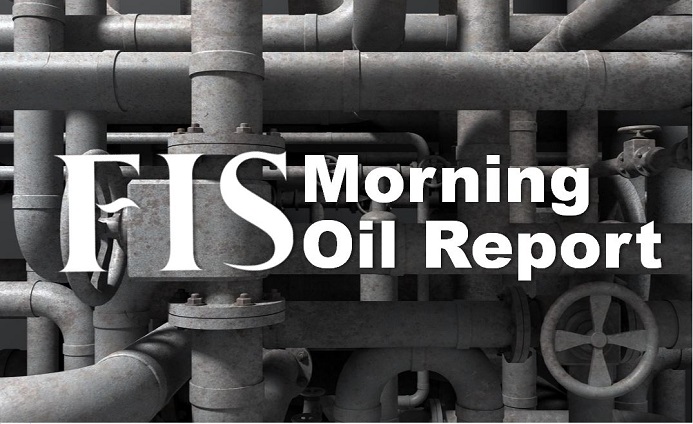Brent futures tumbled 35 cents, or 0.8%, to $43.97 a barrel by 5:41 am GMT, and WTI futures plunged 39 cents, or 0.9%, to $41.53. Front-month September ICE Brent futures briefly touched a four-month high above $44.80/b in the US trading sessions as investor optimism was buoyed by promising results from multiple COVID-19 vaccine trials and declining global daily infection rates. This rally was further supported by the EU agreement on a €750 billion emergency stimulus package to pull their economies out of the worst recession in memory, and by the potential prospects of a new trillion-dollar stimulus package by the US government. Still, according to Stephen Innes, chief global markets strategist at AxiCorp, the effect of those funds on prompt oil prices will be muted as it may take months to start flowing and the impact may take years to show.
The oil price rally lost momentum as the American Petroleum Institute reported US crude oil inventories rose 7.5 million barrels in the week ending July 17, defying expectations for a draw of around 2 million-barrel. Market sentiment was also subdued by US President Trump’s warning that the coronavirus pandemic in the US is likely to worsen, and by lower factory activity for a 15th straight month in July in Japan, the world’s fourth-largest oil consumer. Nevertheless, the market is looking to the more definitive weekly US inventory report due for release by the Energy Information Administration later in the day for further cues.
On the supply side, Iraq, the second-largest producer in the OPEC cartel, is still not meeting its target under the supply cut deal. Meanwhile, according to Reuters, Russian Urals crude loadings from Baltic ports and Black Sea’s Novorossiysk in Aug. 1-10 are expected to fall by nearly a quarter compared with July 1-10. According to Bloomberg, Saudi Arabia is set to burn potentially record amounts of crude to run its power plants and keep its citizens comfortably air-conditioned over the peak summer months of July and August.
The narrowing contango for Singapore Marine Fuel 0.5%S may compel traders to offload stocks, as monthly contango is not wide enough to cover their storage costs, “There is no point in stockpiling,” said a Singapore-based fuel oil trader. “VLCC rates have dropped, and storing costs are getting lower. But the current contango does not make economic sense,” said a second fuel oil trader according to a Platts report.
